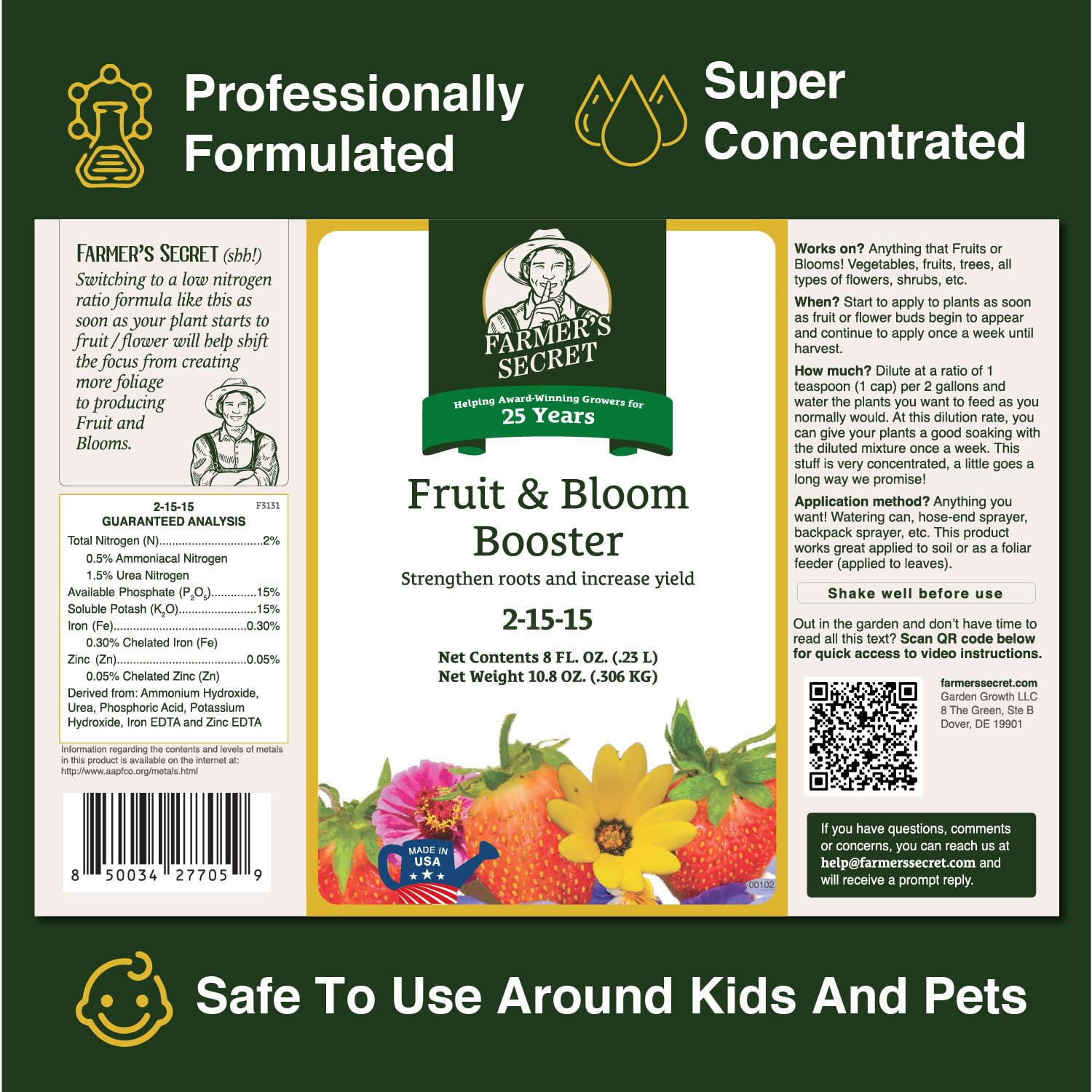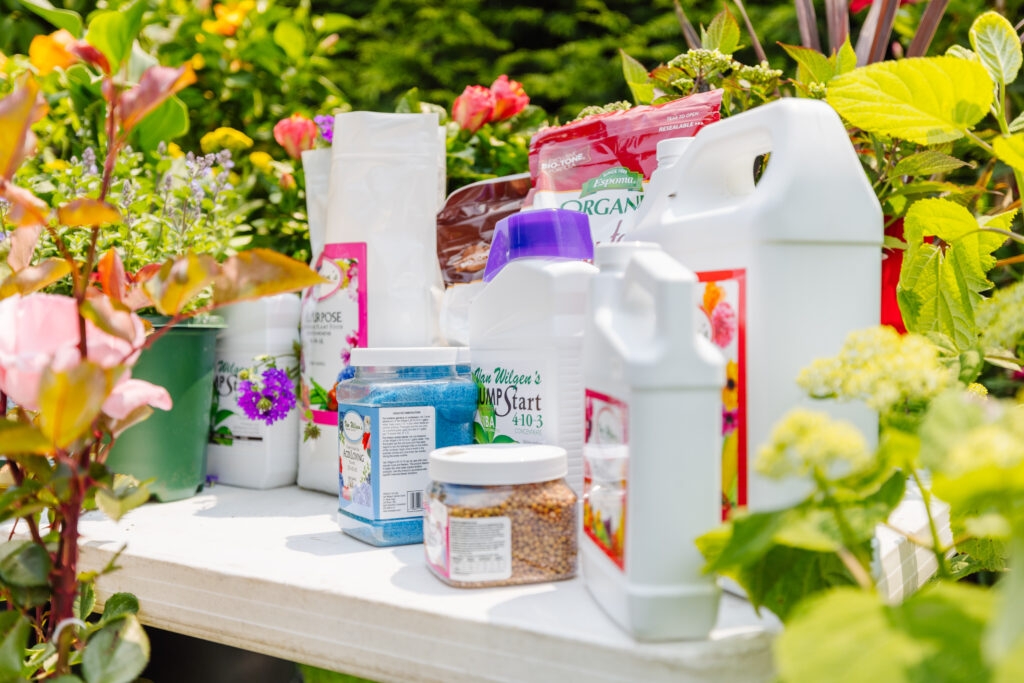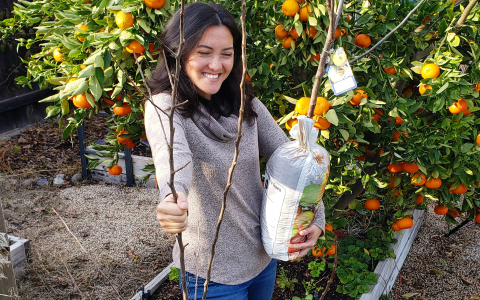Alright folks, gather ’round! Today I’m spillin’ the beans on my little experiment with making fruit and flower fertilizer at home. It’s messy, it’s stinky, but boy, does it work!
So, it all started when I noticed my tomato plants were lookin’ a little sad. Yellow leaves, not much fruit… you know the drill. I was tired of buyin’ those expensive fertilizers at the store, plus, I wanted somethin’ more natural. That’s when I stumbled upon the idea of fruit and flower fertilizer.

First things first: gathering the goods. I raided my kitchen for scraps. We’re talkin’ banana peels (a must-have!), apple cores, orange peels, any kinda fruit leftovers. I even tossed in some wilted flowers from my garden – the roses that were past their prime, some deadheaded petunias, you get the picture.
Next up, the container. I grabbed an old, beat-up plastic bucket. You could use a trash can, a big pot, whatever you’ve got lying around. Just make sure it has a lid! Trust me on this one; you’ll thank me later.
Then came the layering. This is where it gets a bit like making lasagna, only smellier. I started with a layer of soil at the bottom of the bucket. Then, I piled in a bunch of my fruit and flower scraps. After that, another layer of soil. I just kept repeating this – soil, scraps, soil, scraps – until the bucket was almost full.
Adding the “magic” ingredient: water. I poured in enough water to make everything damp, but not soaking wet. You don’t want a swamp in there. Just enough moisture to get the decomposition process going.
Now, the waiting game. I put the lid on the bucket and tucked it away in a corner of my yard where it wouldn’t offend the neighbors too much. This part requires patience, which, I’ll admit, isn’t my strongest suit. I let it sit for a good month, maybe even a little longer.
Every week or so, I’d give it a stir with an old shovel. This helps aerate the mixture and speed things up. And let me tell ya, that’s when you really get a whiff of what’s brewin’ in there. Phew! But hey, no pain, no gain, right?
The moment of truth: harvesting the fertilizer. After about a month, the mixture started to look like dark, rich compost. The fruit and flower scraps were mostly broken down. It was time to strain it. I used an old colander lined with cheesecloth to separate the liquid from the solids.

The liquid is the real gold here. That’s your concentrated fertilizer. I diluted it with water – about one part fertilizer to ten parts water – and used it to water my tomato plants and other flowers.
What about the solids? Don’t toss ’em! I mixed them into the soil around my plants as a slow-release fertilizer. They’re full of nutrients and help improve the soil structure.
The results? Let me tell you, my tomato plants went wild! They were greener, healthier, and produced way more fruit than they ever had before. My flowers were also brighter and more vibrant. I was seriously impressed.
Lessons learned:
- Don’t overwater the mixture. It’ll get too soggy and smelly.
- Be patient! It takes time for the decomposition process to work its magic.
- Dilute the fertilizer before using it. You don’t want to burn your plants.
- Find a good spot to store the bucket where the smell won’t bother you (or your neighbors).
So there you have it! My DIY fruit and flower fertilizer adventure. It’s cheap, it’s easy, and it’s good for the environment. Plus, it’s kinda fun to see your kitchen scraps turn into plant food. Give it a try, and let me know how it goes!





















